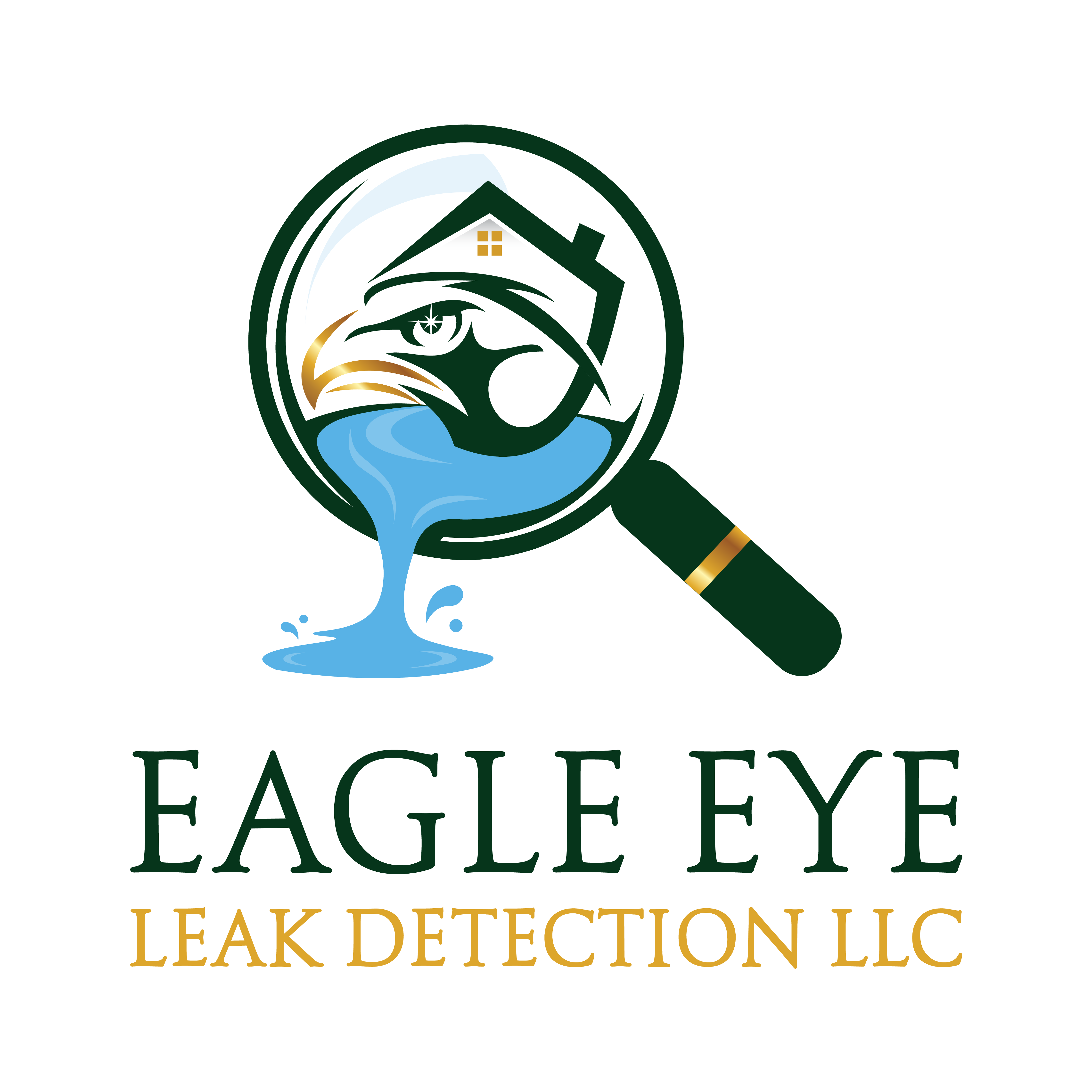Dollyfied Leak: The Hype, The Details, And What You Need To Know
Alright folks, let’s dive into the buzz around Dollyfied leaks. If you're hearing whispers about this topic, you're not alone. Dollyfied has been making waves in tech circles and beyond, and the so-called "leaks" have only added fuel to the fire. But what exactly does it all mean? And why should you care? Let's break it down, one step at a time.
Now, the term "Dollyfied" might sound like something out of a sci-fi movie, but it’s actually tied to advancements in AI and generative technology. Imagine having a digital version of yourself that can mimic your voice, appearance, or even behavior. Cool, right? But with great power comes great responsibility—and that’s where the "leak" part comes into play. So, buckle up, because we’re about to deep-dive into the world of Dollyfied leaks.
Before we get too far, let me drop a quick disclaimer: the information here is based on credible sources, expert opinions, and a sprinkle of common sense. We’ll be exploring everything from the tech behind Dollyfied to the ethical concerns surrounding leaks. By the end of this, you’ll have a clearer picture of what’s going on—and maybe even some answers to your burning questions.
What is Dollyfied Anyway?
Let’s start with the basics. Dollyfied is essentially the process of creating personalized AI models that mimic specific individuals. Think of it as your own digital twin, but with AI powers. It’s part of a larger trend in generative AI, where technology is getting better at replicating human-like traits. Whether it’s generating text, images, or even entire personas, Dollyfied takes it to the next level by focusing on individual customization.
But here’s the kicker: while Dollyfied has some amazing potential—like creating personalized virtual assistants or enhancing digital communication—it also raises serious concerns about privacy and security. And that’s where the leaks come in. Imagine if someone could create a digital version of you without your consent. Scary thought, right?
How Does Dollyfied Work?
To understand the leaks, we first need to know how Dollyfied works. At its core, it uses advanced machine learning algorithms to analyze data about an individual. This can include everything from photos and videos to voice recordings and even text-based interactions. The AI then uses this data to build a model that mimics the person’s behavior or appearance.
Here’s the thing: for Dollyfied to work effectively, it needs a lot of data. And that’s where the ethical dilemmas start to creep in. How do we ensure that people’s data is being used responsibly? And what happens when that data gets into the wrong hands? These are the questions we’ll explore as we move forward.
Why Are Dollyfied Leaks a Big Deal?
Alright, so you’re probably wondering why leaks related to Dollyfied are such a big deal. Well, here’s the short answer: it’s all about trust. When personal data is involved, trust becomes a crucial factor. If people feel that their information is being mishandled or exposed without their permission, it undermines the entire system.
Think about it. In today’s digital age, we’re already bombarded with concerns about data breaches and privacy violations. Add Dollyfied to the mix, and suddenly you have the potential for AI-powered impersonations that could be used for malicious purposes. From identity theft to cyberbullying, the risks are real—and they’re growing.
Real-Life Examples of Dollyfied Leaks
Now, let’s talk about some real-world examples. While we can’t go into specifics without risking legal implications, there have been several reported cases of Dollyfied models being created without the consent of the individuals involved. In one instance, a celebrity reportedly had their likeness replicated in a way that raised serious ethical concerns. Another case involved a deepfake video that spread misinformation on social media.
These examples highlight the potential dangers of Dollyfied leaks. They also underscore the importance of having robust safeguards in place to protect people’s data and privacy. But as we’ll see in the next section, that’s easier said than done.
What Are the Ethical Concerns?
Let’s face it: the rise of Dollyfied technology brings with it a whole host of ethical concerns. At the heart of it all is the question of consent. Do people have the right to know when their data is being used to create AI models? And if so, how do we ensure that they give informed consent?
Another big issue is the potential for misuse. Imagine a world where anyone could create a digital version of you and use it for nefarious purposes. It’s not just about privacy—it’s about trust, safety, and the very fabric of our digital society. That’s why it’s crucial for companies and governments to establish clear guidelines and regulations around Dollyfied technology.
Who’s Responsible for Ensuring Ethical Use?
So, who exactly is responsible for making sure Dollyfied technology is used ethically? The answer isn’t as straightforward as you might think. On one hand, companies developing the technology have a moral obligation to ensure it’s used responsibly. On the other hand, governments and regulatory bodies need to step in to provide oversight and protection.
But here’s the thing: responsibility doesn’t stop with big corporations or governments. As individuals, we also have a role to play in safeguarding our own data. Whether it’s being cautious about what we share online or educating ourselves about the risks, we all need to take ownership of our digital footprint.
What Can Be Done to Prevent Leaks?
Now that we’ve talked about the risks, let’s shift gears and focus on solutions. How can we prevent Dollyfied leaks from happening in the first place? Well, there are a few key strategies that can help:
- Data Encryption: Encrypting sensitive data makes it harder for unauthorized parties to access or misuse it.
- Consent Management: Implementing robust systems for obtaining and managing consent ensures that people are aware of how their data is being used.
- Regulatory Oversight: Establishing clear guidelines and regulations can help prevent misuse and ensure accountability.
- Education and Awareness: Raising awareness about the risks and best practices can empower individuals to protect themselves.
Of course, no solution is foolproof. But by combining these strategies, we can significantly reduce the likelihood of Dollyfied leaks occurring in the first place.
The Role of AI Developers
AI developers play a critical role in preventing Dollyfied leaks. By designing systems that prioritize privacy and security from the ground up, they can help mitigate many of the risks associated with this technology. This includes implementing features like data anonymization, access controls, and regular security audits.
But it’s not just about the technical side of things. Developers also need to consider the ethical implications of their work. That means engaging in open discussions with stakeholders, seeking feedback from diverse perspectives, and being willing to adapt as new challenges arise.
What Does the Future Hold for Dollyfied?
Looking ahead, the future of Dollyfied technology is both exciting and uncertain. On one hand, we have the potential for incredible innovation—think personalized education, enhanced customer service, and even breakthroughs in healthcare. On the other hand, we face significant challenges in terms of privacy, security, and ethics.
So, where do we go from here? The key lies in striking a balance between innovation and responsibility. By working together—individuals, companies, and governments alike—we can harness the power of Dollyfied technology while minimizing the risks. It won’t be easy, but it’s a challenge worth tackling.
Predictions for the Next Decade
Over the next decade, we can expect to see rapid advancements in Dollyfied technology. From more sophisticated AI models to improved data protection measures, the possibilities are endless. But with these advancements comes the need for ongoing vigilance and adaptability.
One thing’s for sure: the conversation around Dollyfied leaks isn’t going away anytime soon. As the technology evolves, so too will the challenges and opportunities it presents. The question is: are we ready to meet them head-on?
How Can You Protect Yourself?
Now, let’s talk about what you can do to protect yourself in the age of Dollyfied leaks. While it’s impossible to eliminate all risks, there are steps you can take to reduce your exposure:
- Be Cautious Online: Think twice before sharing personal information, especially on social media or other public platforms.
- Use Strong Passwords: Make sure your accounts are protected with strong, unique passwords—and consider using two-factor authentication.
- Stay Informed: Keep up with the latest developments in AI and data privacy to stay ahead of potential threats.
- Advocate for Change: Support policies and initiatives that promote responsible AI development and data protection.
Remember, you’re not alone in this. By taking proactive steps and staying informed, you can help ensure that your data remains safe and secure.
Tools and Resources for Privacy
If you’re looking for additional tools and resources to protect your privacy, there are plenty of options available. From privacy-focused browsers to encryption software, the tools are out there—you just need to know where to look. Some popular options include:
- Signal: A secure messaging app that offers end-to-end encryption.
- DuckDuckGo: A privacy-focused search engine that doesn’t track your activity.
- ProtonMail: An encrypted email service that prioritizes user privacy.
These tools may not solve all your privacy concerns, but they’re a good starting point for anyone looking to take control of their digital footprint.
Final Thoughts
Alright folks, that’s a wrap on our deep dive into Dollyfied leaks. From the tech behind it to the ethical concerns and potential solutions, we’ve covered a lot of ground. But the conversation doesn’t end here. As Dollyfied technology continues to evolve, so too will the challenges and opportunities it presents.
So, what can you do moving forward? First and foremost, stay informed. Keep an eye on the latest developments in AI and data privacy, and don’t be afraid to speak up when you see something that doesn’t sit right. Secondly, take steps to protect your own data—whether that means using stronger passwords or advocating for better policies.
And finally, don’t forget to share your thoughts and experiences in the comments below. Whether you’re excited about the possibilities of Dollyfied technology or concerned about the risks, your voice matters. Together, we can help shape the future of this rapidly evolving field. So, what are you waiting for? Let’s get the conversation started!
Table of Contents
- What is Dollyfied Anyway?
- Why Are Dollyfied Leaks a Big Deal?
- What Are the Ethical Concerns?
- What Can Be Done to Prevent Leaks?
- What Does the Future Hold for Dollyfied?
- How Can You Protect Yourself?
- Final Thoughts
- Exploring The Lives Of Portia And Ellen Love Laughter And Legacy
- Unveiling The Truth Does Simon Cowell Have A Disabled Son

Ensuring a LeakFree Future The Role of Mechanical Seals in Process

AEASIA Leak Understanding The Fallout TAMU

Ms. Sethii Leak The Untold Story TAMU